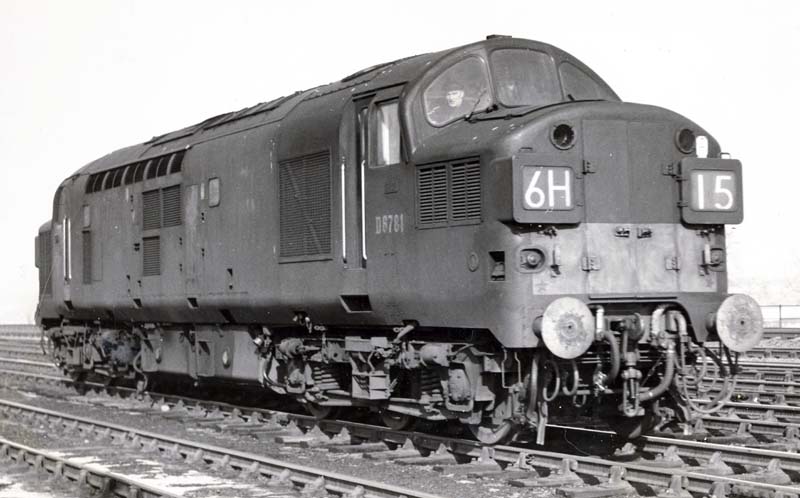A long time ago I started to 'upgrade' a Triang Brush Type 2 ('class 30, 31') and got so far with it - then either got fed up, sidetracked, or otherwise and never finished it.
I found it today in a box and thoughts are turning to doing something with it now. I did lots of research back then but have forgotten most of what I learnt so am starting again.
I always had a feeling that when the Type 2's were re-engined from Mirrlees to English Electric units, that the exhaust ports on the roof got altered, but I could never find any conclusive proof. Over the years I've bought many books and mags with '31's' in, so I dug them all out and went through them all, along with a lot of photos I'd bought.
Sure enough I found two pictures to prove the exhausts were different. This montage pic shows the difference:
Mirrlees above, EE below- the latter narrower and wider, and
although not obvious in this shot, mounted on a plate which covered
where the Mirrlees one was previously.
The Triang model, given when it was released- much the same time as when the real thing was introduced, is meant to depict the Mirrlees exhaust layout, though they didnt quite get it right, the hole where the smoke comes out should be offset, plus it's pretty 'flat', it should stand quite proud of the roof.
Quite an easy task to put it right,as I want a model in 'as built' condition.I think some of the central 'walkway' ribbing on the roof isn't quite right in places (need to study more photos) but on the whole the roof is pretty accurate.





























